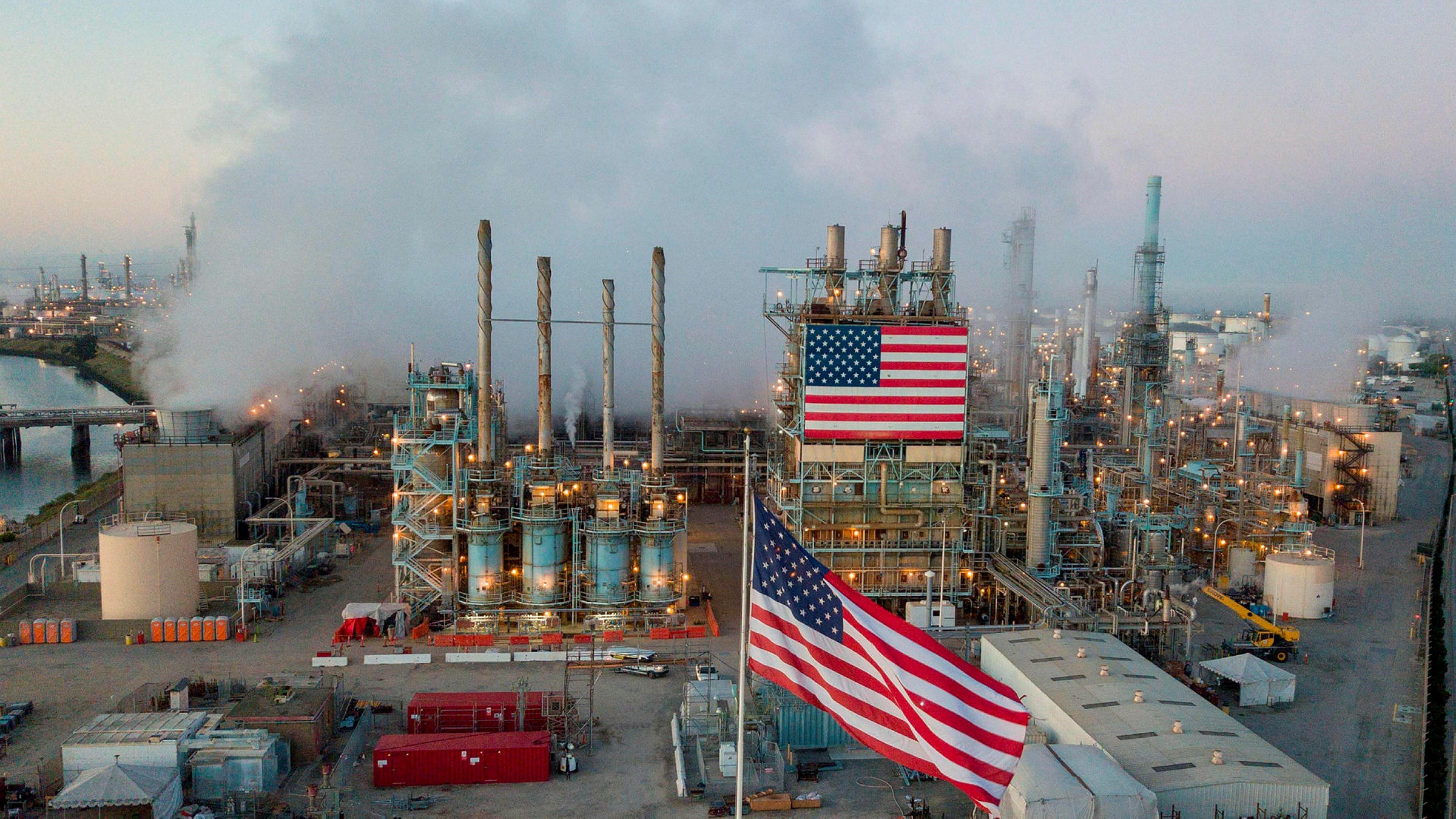Electric Power. Between 1956 and 1959, the U.S. decreased
somewhat its unit cost for electric power relative to Japan;
but from 1~59 througn 1~71, the trend was clearly one ~f
Japanese improvement relative to the U.S. The improvement in
Japan's position was primarily due to decreased relative pur- 0
cnases by Japan. The relative price trend was mixed over the
1959-71 period. The relative price for the U.S. fell through
1964, was steady until 1968, and rose a!8i~ until 1971. From
1971 through 1974, the U.S. relative price fell rapidly enough
to offset its increasing relative purchases anã the U.S. enjoyed
aeclining relative unit cost for electric power.
The Japanese
position improved somewhat in 1975 as it continued reducing
unit purchases relative to the U.S. and its price increased by
less than that of the U.S. There was a slight decrease in U.S.
relative unit cost in 1976 due to a relatively small rise in the
U.S. price.
Other Energy. U.S. unit cost for non-COking coal has
been an extremely small part of total unit costs over the entire
per ioà. It was a slightly more important component of Japanese
costs in the 1950's but had been eliminated as a cost item by
the mid-1960 i s.
We have assumed natural gas usage only for the U.S.
".j
Total Cost. For the costs we have studied, the dominant
trend from the beginning of the period through 1972 was an
increase in U.S. unit cost relative to that of Japan. There
-124-
were periods in which this trend was quite weak--1968 through
1971 and 1962 through 1965. There were even years in which
the U.S. significantly improved its relative cost position as
compared to the previous year--i .e., 1957 and 1961. But the
trend of rising relative cost for the U.S. was clear. In 1973
and 1974, there were sharp improvements in the relative cost
position of the U.S. The devaluation of the dollar relative
to the yen undoubtably contr ibuted to thi~, r~versal of trend.
These improvements returned the relationship between U.S. and
Japanese unit costs very close to that existing from 1962 through
1965. In 1975 and lY76, the U.S. relative cost increased,
near ly el imina t ing the ga ins of the pr eceed ing two year s but
staying slightly below the 1972 level.
This historical pattern of relative steel cost is compared
to the pattern of Japanese steel import penetration after the
following discussion of relative steelmaking costs in Europe.
III. THE UNITED STATES AND THE EUROPEAN COMMUNITY


